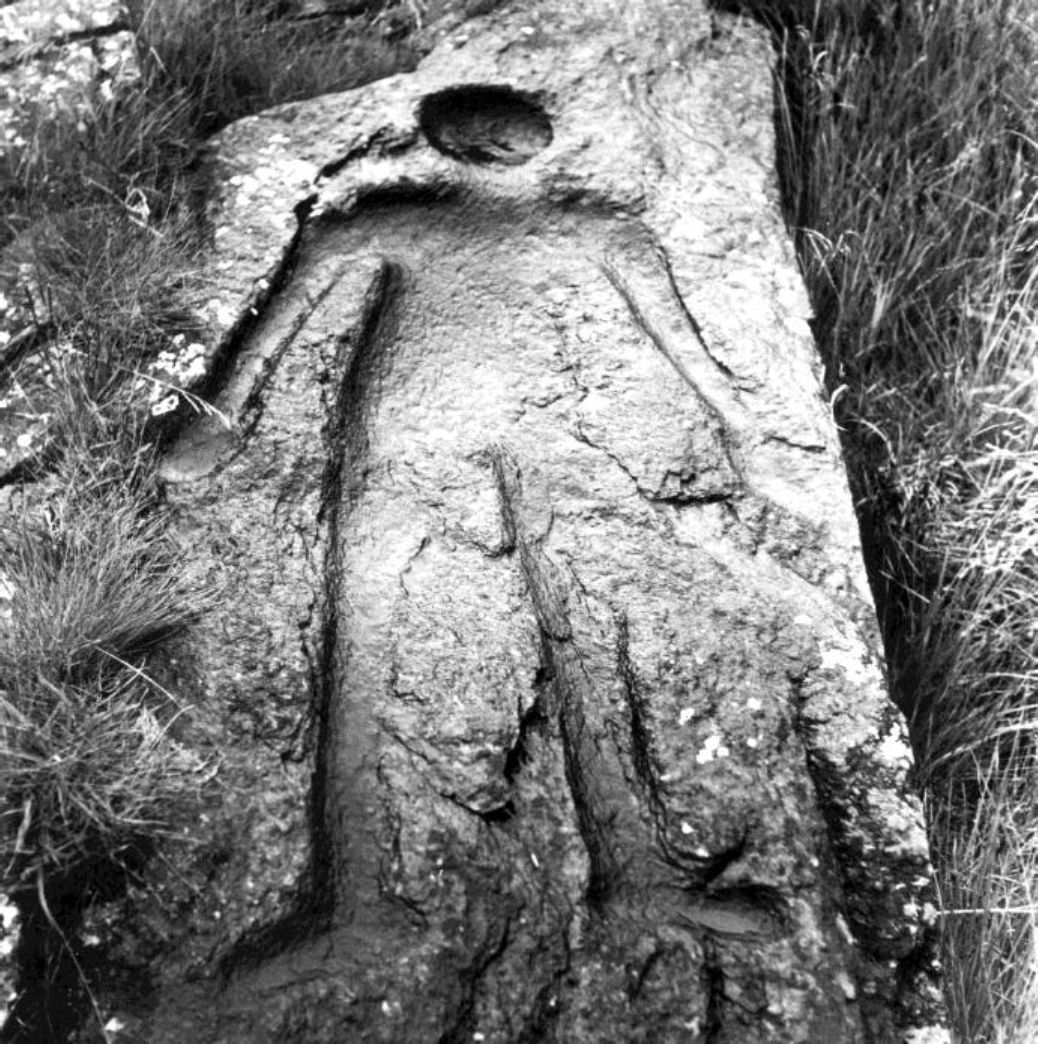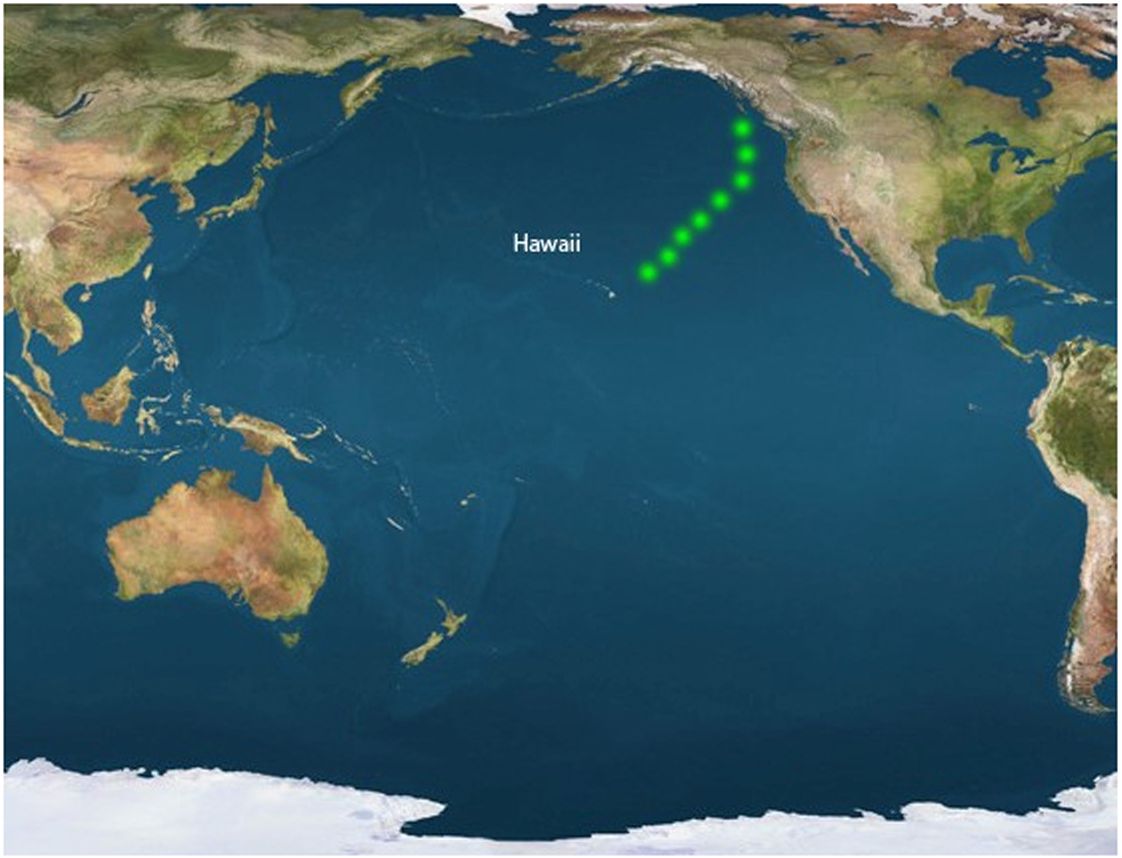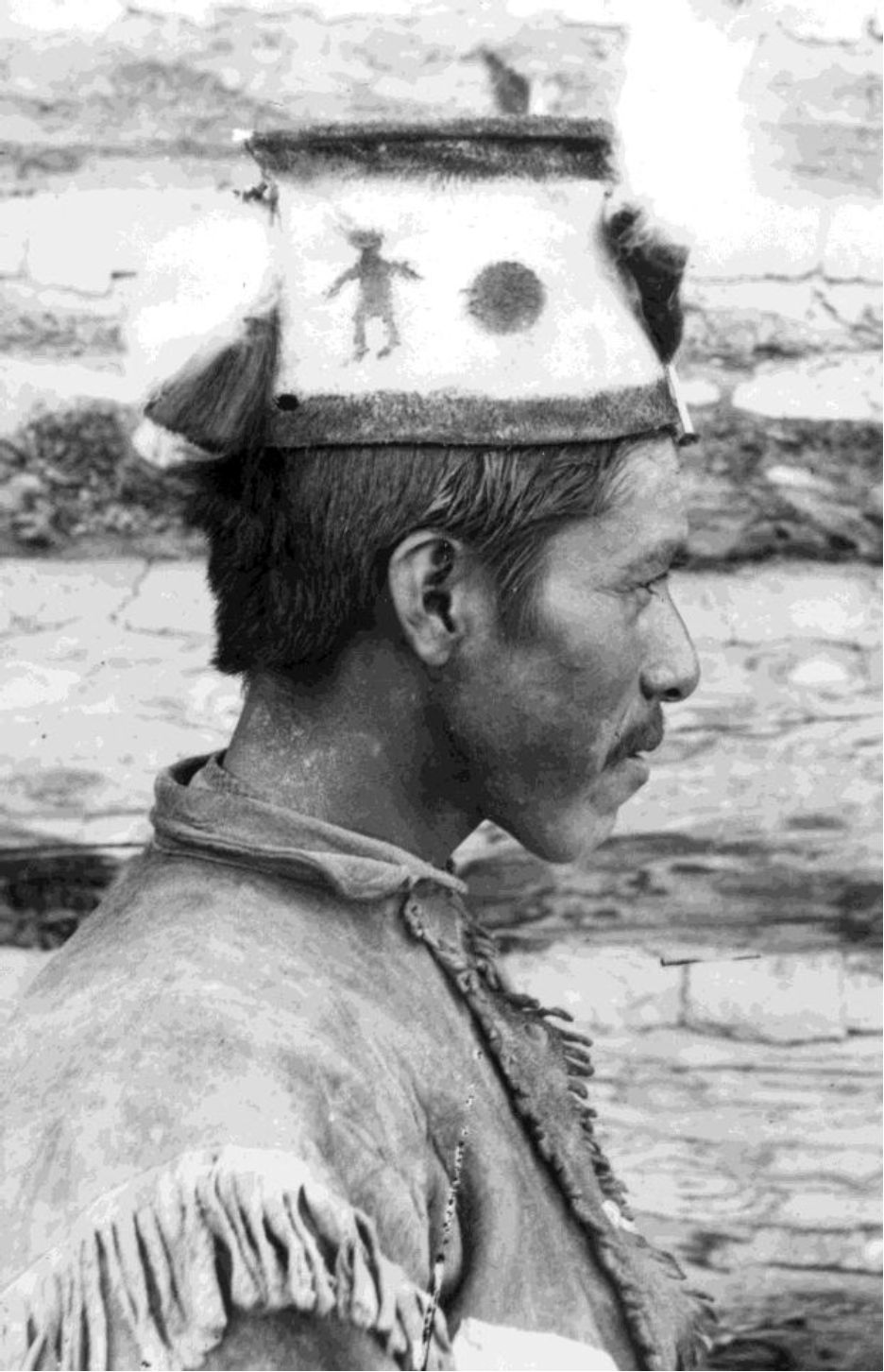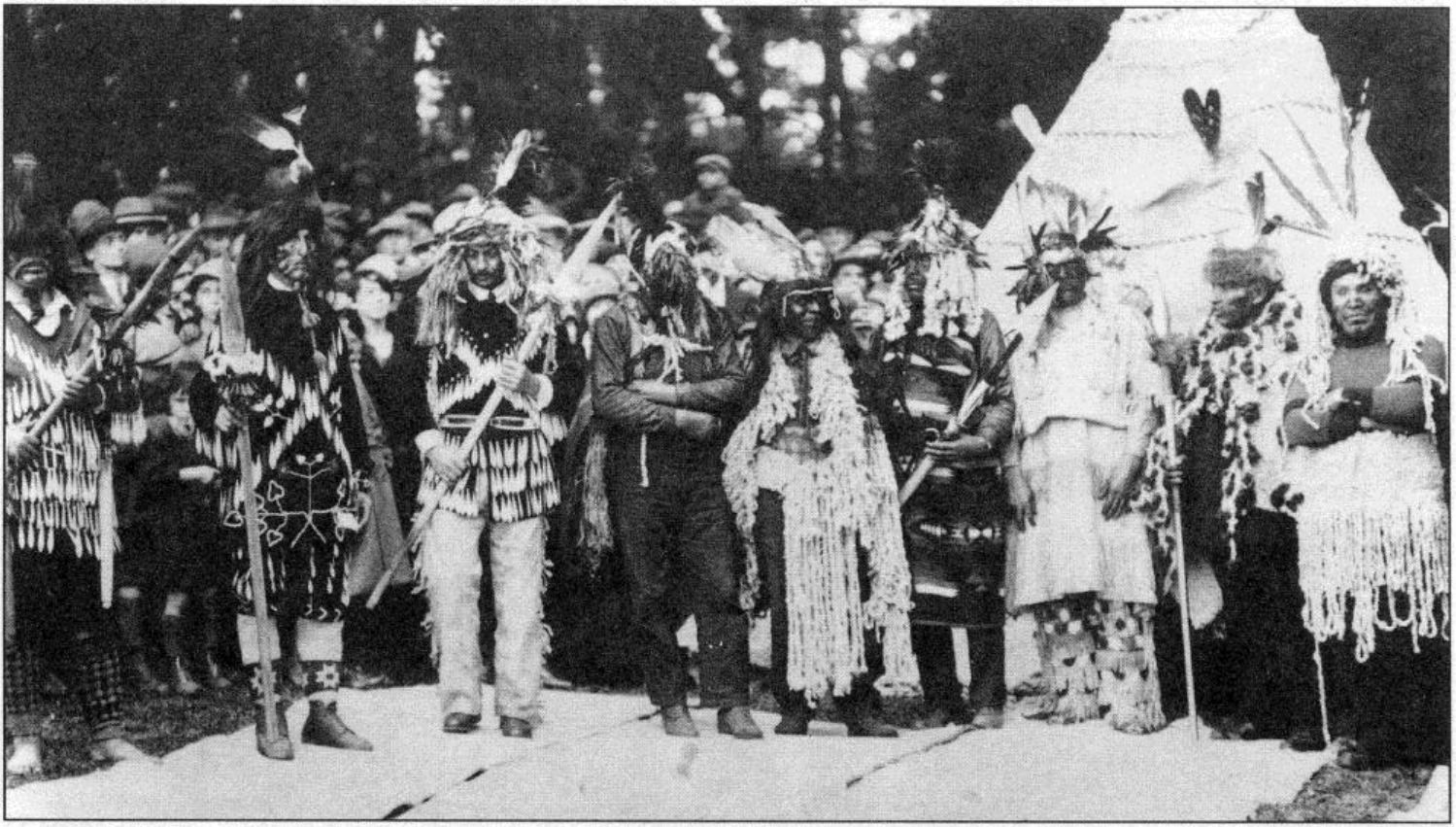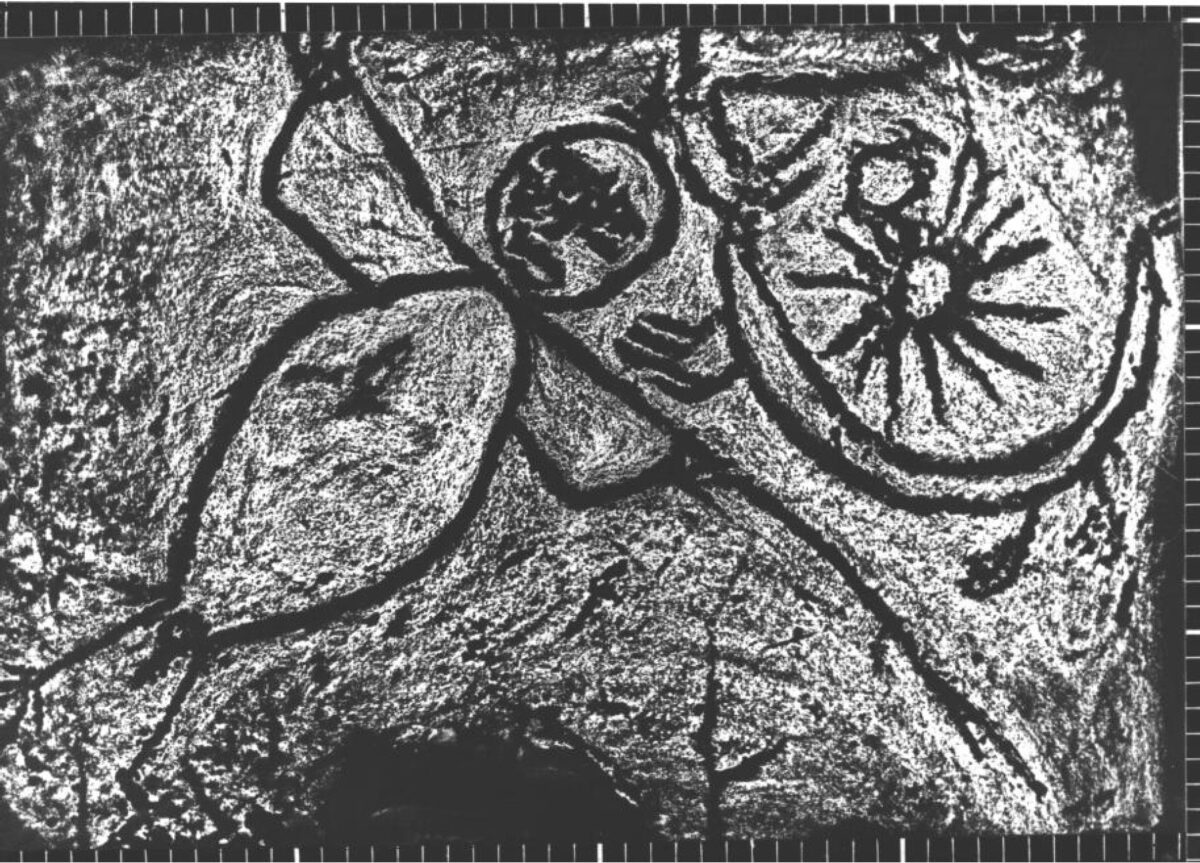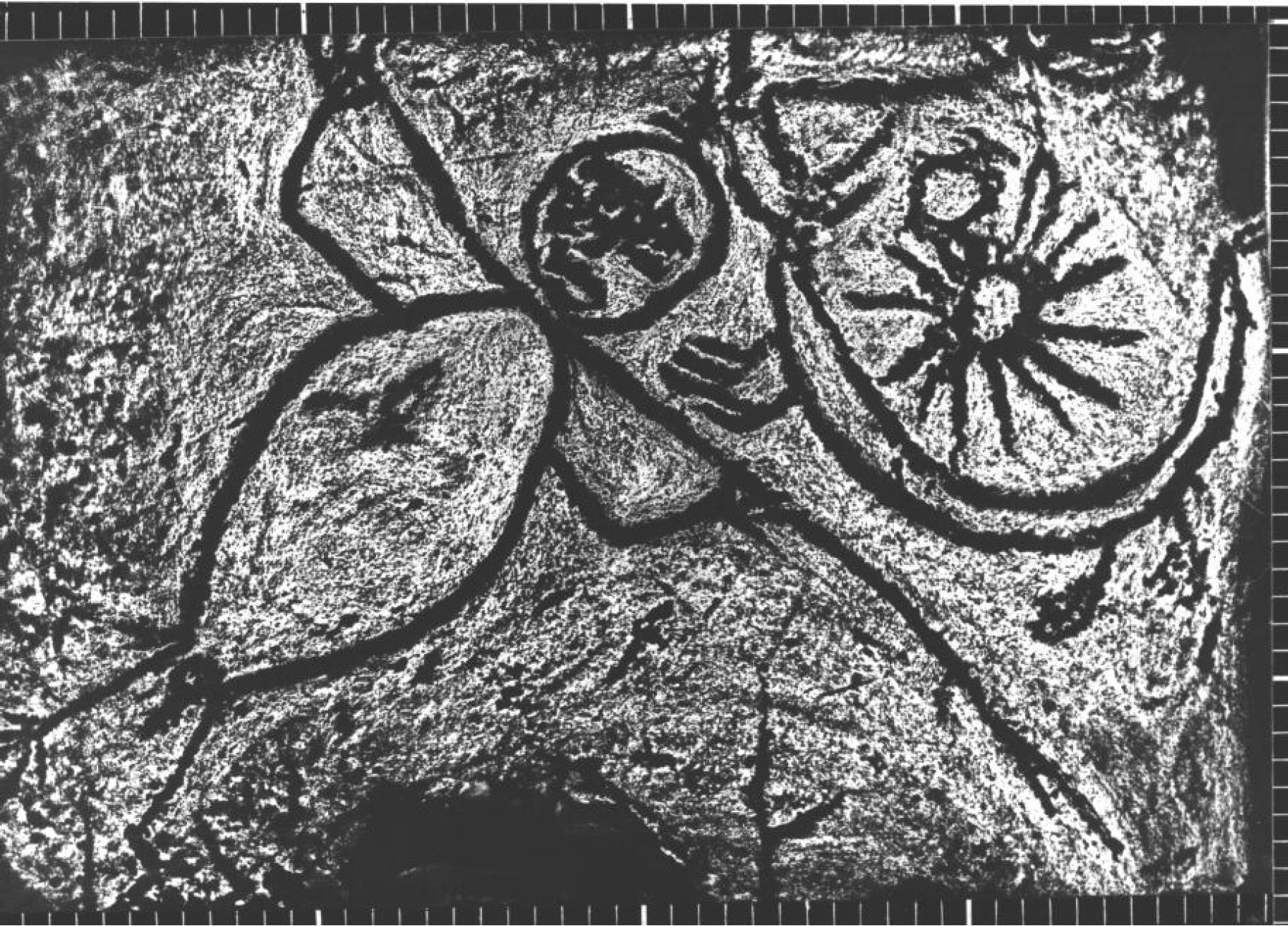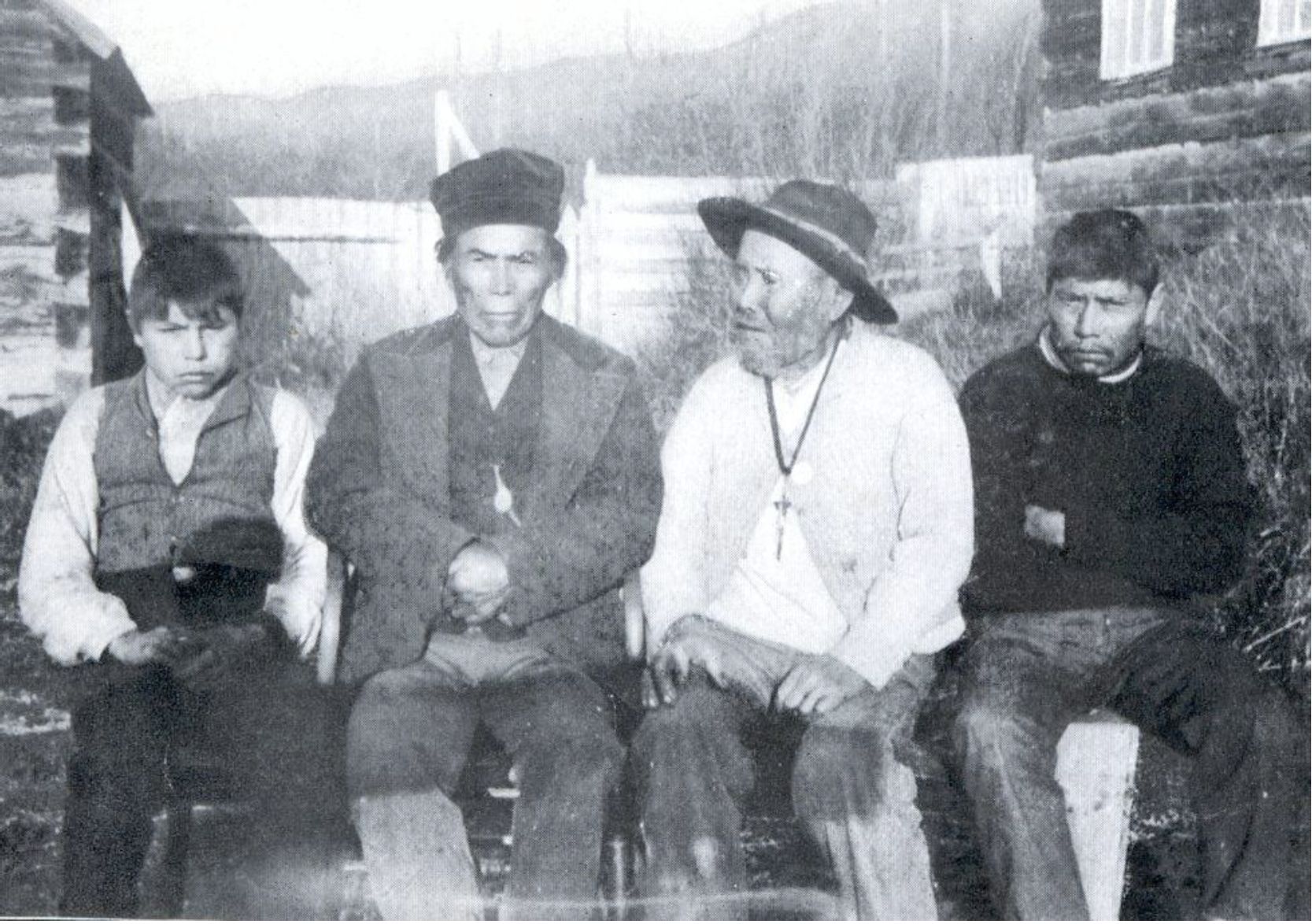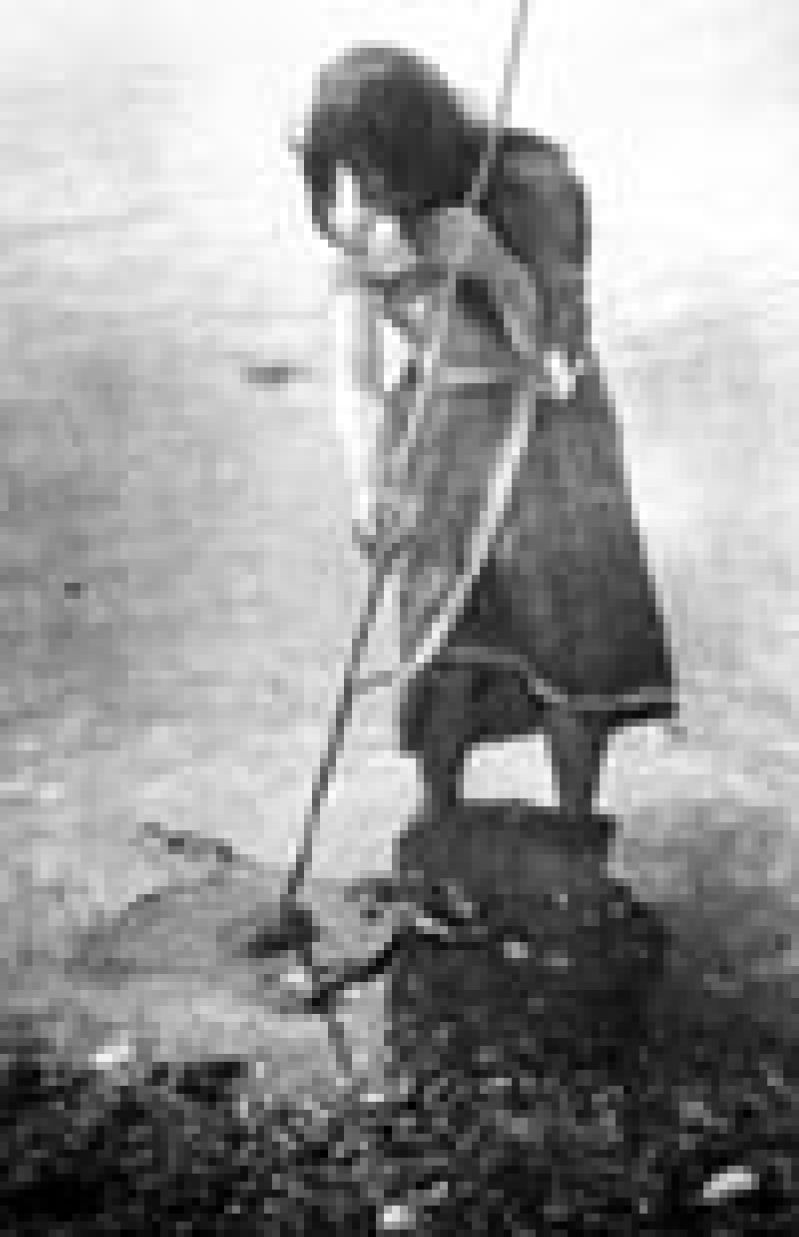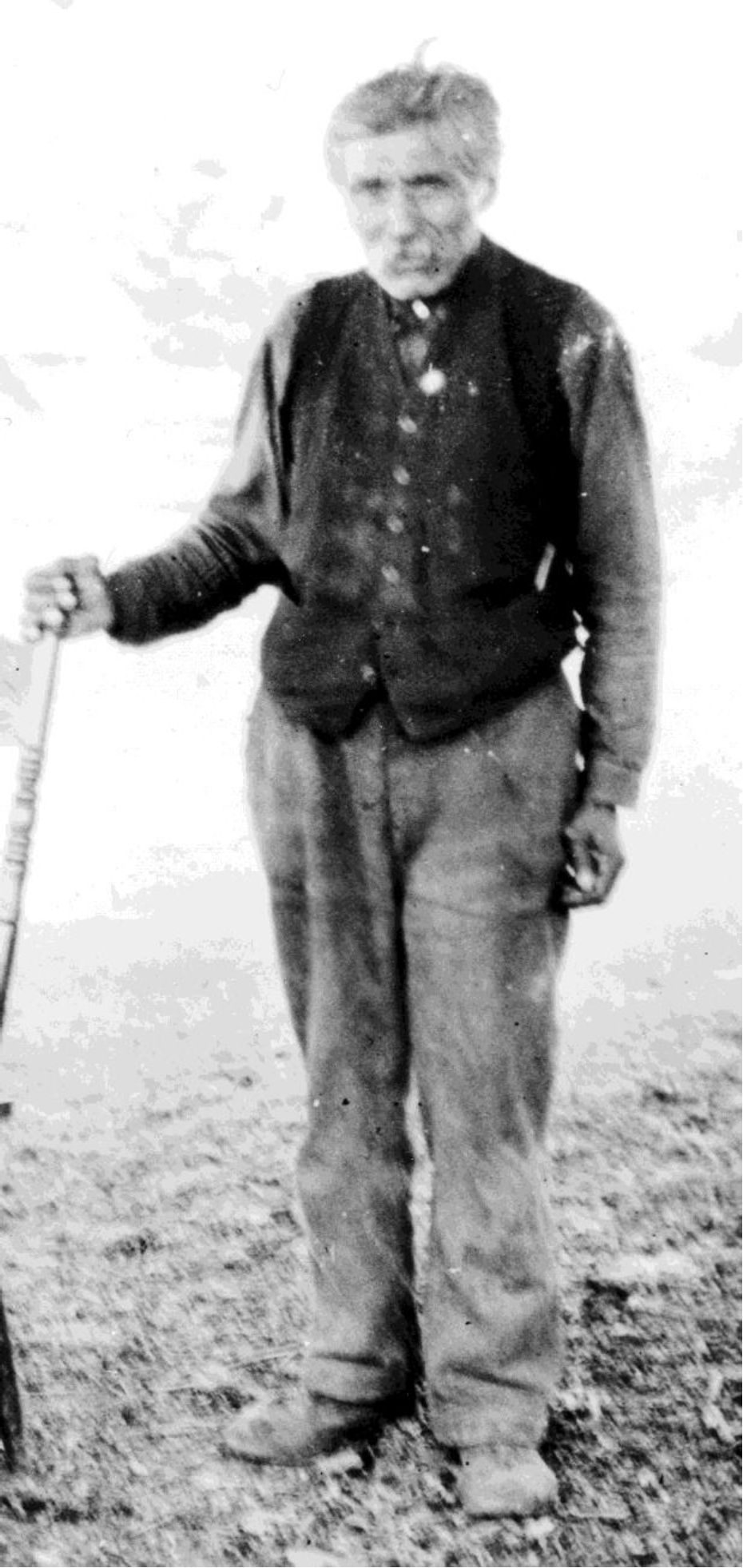
Originally published in Discovery, 19(1). Winter 1991. By Grant Keddie One of the most fascinating places to visit on southern Vancouver Island is Harling Point in the Victoria municipality of Oak Bay between Gonzales Bay and McNeill Bay. Many people go to Harling Point to see the Chinese cemetery. You can walk up to the large concrete cremation pillars and altar and see where, in the early 1900s, relatives placed food and burned colourful rice-paper offerings for the dead. The Chinese traditionally choose locations for important cultural activities, such as burials, that are in harmony with nature by following the practice of feng-shui. In Western terms, this is geomancy, the selection of particular sites of land whose inherent qualities are … Continue reading “The Rocks of Harling Point”
